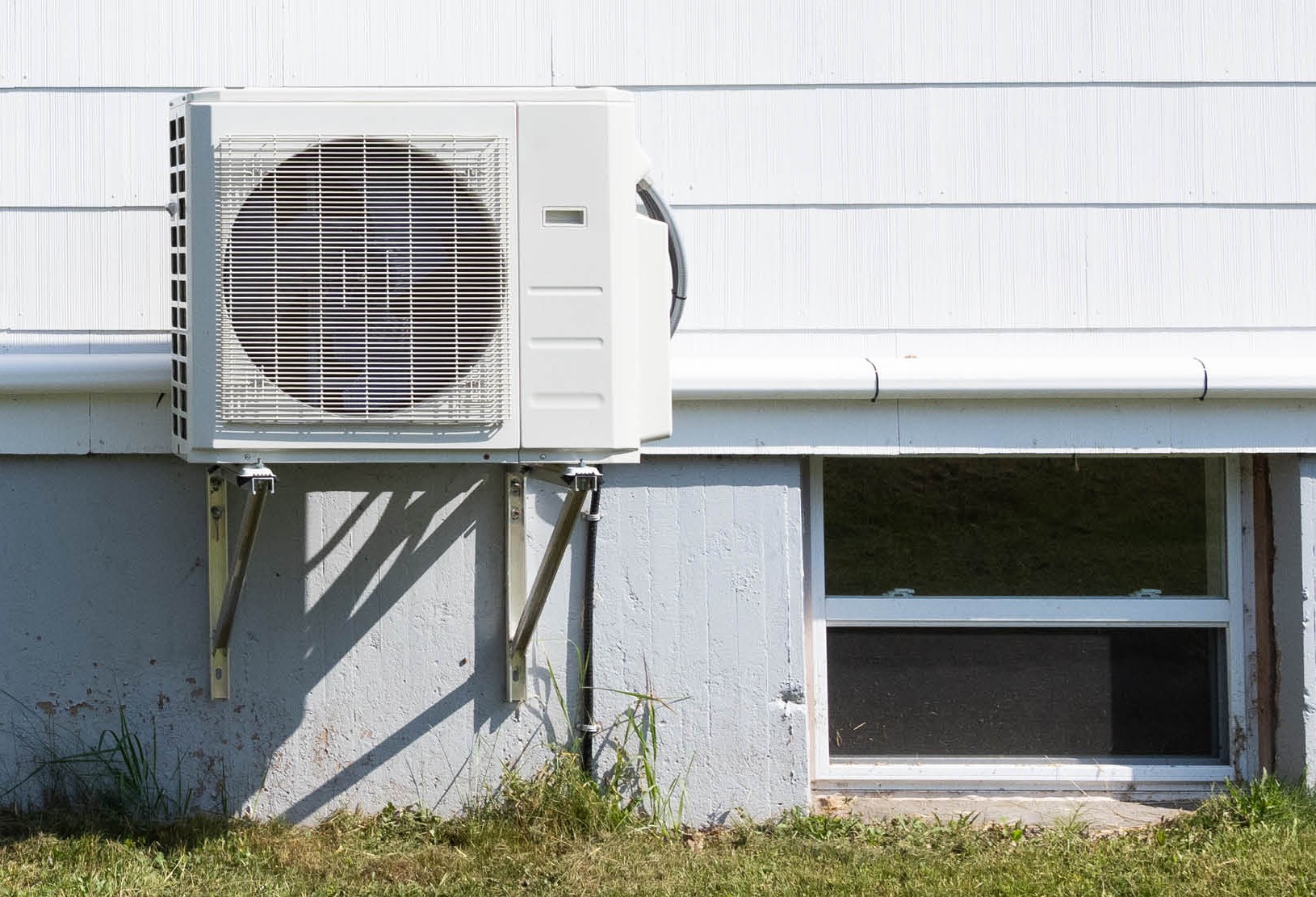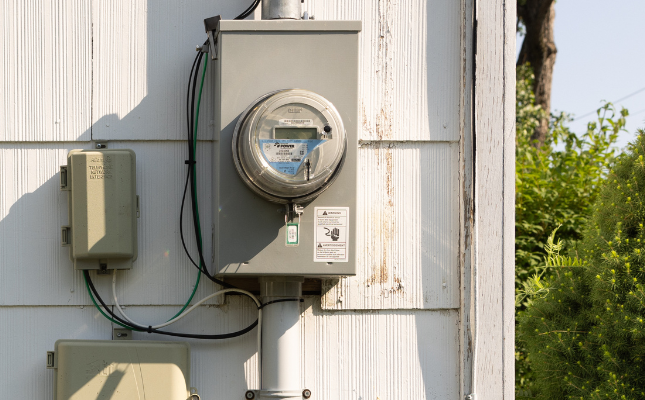Your Business
We are actively responding to a cyber incident and working around the clock to restore all systems safely and securely.
We apologize for this inconvenience and thank you for your patience. We will post updates on nspower.ca as we make progress and restore all services.
Depend on us to power your business success
Your priority is operating a successful, profitable business - and our priority is helping you do exactly that. Our people are immersed in the modern energy industry, and are dedicated to sharing their knowledge and expertise with you.
Count on us to match your business with customized energy programs and technology so you can better manage your energy usage and maximize your business's potential. Let us show you how.
Customer Success Stories

Efficient energy solutions are helping businesses across Nova Scotia reduce costs and improve performance. Find out how others made it work – and how you can too.
Explore customer storiesBegin by getting in touch
Whether you’ve already researched potential energy solutions or not , contact us today to discuss how we can help your business get on a path to expansion, lower energy usage, or lower energy bills. Our team is here—at your service.



.jpg?sfvrsn=bf7b4947_5)
.jpg?sfvrsn=23901cd4_3)



